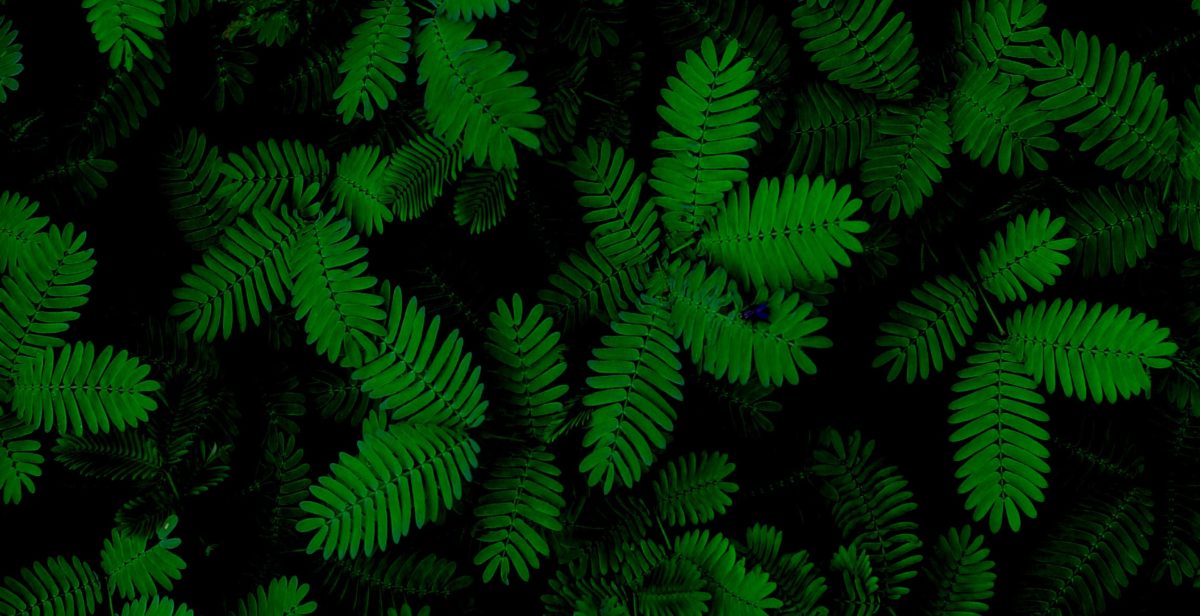
The bodies were brought into the shrimp town and for want of a better place, laid out in rows under white sheets outside the seafood restaurant. Fishermen’s pickups, dirty and clunky, filled with dead people instead of fish, arrived one after the other and departing after depositing the latest body pulled up from the sea. The last one made it a baker’s dozen. Thirteen in all, lined up outside the restaurant. Locals milled about in the prickly afternoon sun, hands behind their backs, standing side by side and gently removing the sheets to stare at the faces briefly, before covering them again. Several kids were among the curious, having left school to come straight to the restaurant after hearing the news. No one was crying, because the bodies consisted of no one local, although a proper air of solemnity was maintained. No one from out of town was there yet. Not the state police. Not the coroner nor other medical people. Everyone had been informed but it always took four hours driving from the big city to this nook of the slithery peninsular. It wasn’t far but the existing road was poor, made worse by the downpour of the past week.
At least it was sunny. If the weather holds, and the road conditions don’t deteriorate, the police and ambulances should make it by late evening. And maybe some of the kinfolk of the dead as well.
Those folks who’d seen enough corpses to satisfy their curiosity – having something personal to share about the tragedy in conversations later – walked to a couple of coffee shops within view of the seafood restaurant-turned-mortuary. They took seats with a view of the bodies, ordered drinks and noodles and spoke about what they had heard about the initial discovery earlier that morning by the shore. They wondered why the owner of the seafood restaurant would allow the bodies to be brought to his place, ensuring nobody would eat there that day and probably for several days afterwards. Besides, it’s just known to be plain bad luck to have dead people on your premises when you didn’t know them. Certainly not as many as thirteen. Did he need to expose himself, his family and business to whatever that may bring?
The pickups had dropped their cargo and drove on a bit further. Several had stopped down the long main road, all within view of restaurant. Over the roofs of the bakery and hotels and restaurants (no structure more than two stories high), was the thin, milky blue line of the ocean that surrounded their town on all but one side. Behind the seafood restaurant, rose the hill and rainforest through which lay the only road that ran fifty miles to the capital – only fifty miles but what an ordeal they were.
At least it was sunny. If the weather holds, and the road conditions don’t deteriorate, the police and ambulances should make it by late evening. And maybe some of the kinfolk of the dead as well. The unofficial mayor of the town – the head of the fishermen’s association – who happened to be a failed priest – was busy arranging temporary lodging for the city folks heading their way.
Away from all this buzz created in town by the bodies, a man was walking with his large black dog. He was clad in black and had the look of a foreigner. He climbed the trail that led through the rainforest to a vantage point that gave a panoramic view of the town, the long road that ran through it, the seafood restaurant that was serving as a temporary mortuary, the sea beyond and way down below, a clear look at the point where the bodies had been discovered, along the rocky shore, a stretch that the locals never frequented because of the jagged rocks and treeless patch.
When he reached the vantage point, he looked back to see the dog following him silently. It came up and stood next to him and together, they took in the scenery. They could see the rows of white sheets and the town people milling about. They saw the pickups parked at various spots along the central road through town. They saw the rocky coastline where the thirteen bodies had been found. Even from their height, bloody red streaks shone here and there as sunlight glinted off the dark, wave-washed rock surfaces.
And further out, the waves were coming in off the blue sea, growing white with froth as they crashed against the rocks, over and over, while hiding, for now, the cause of so many deaths near this fishing town.
photo from unsplash.com by Dominik Lange

